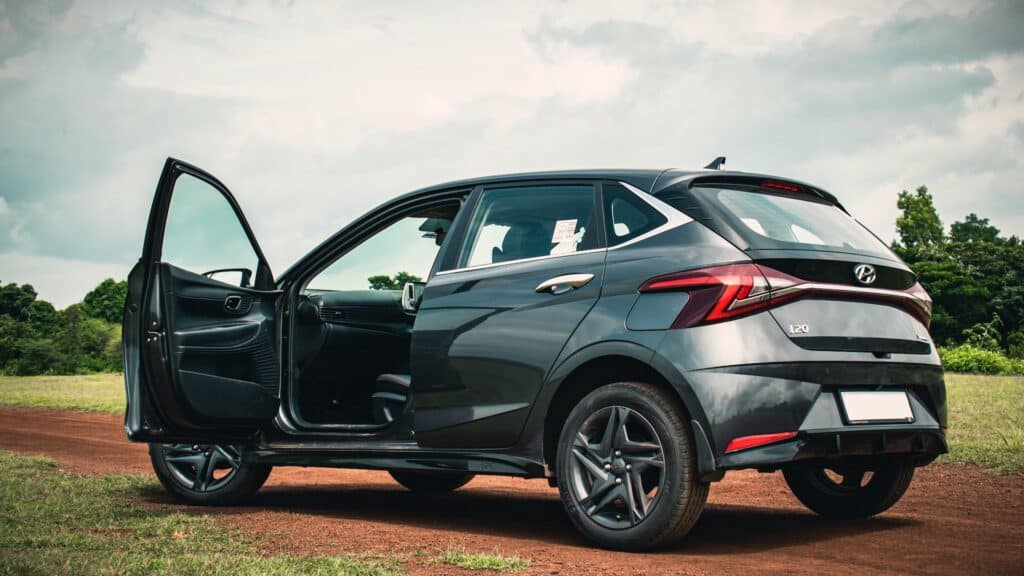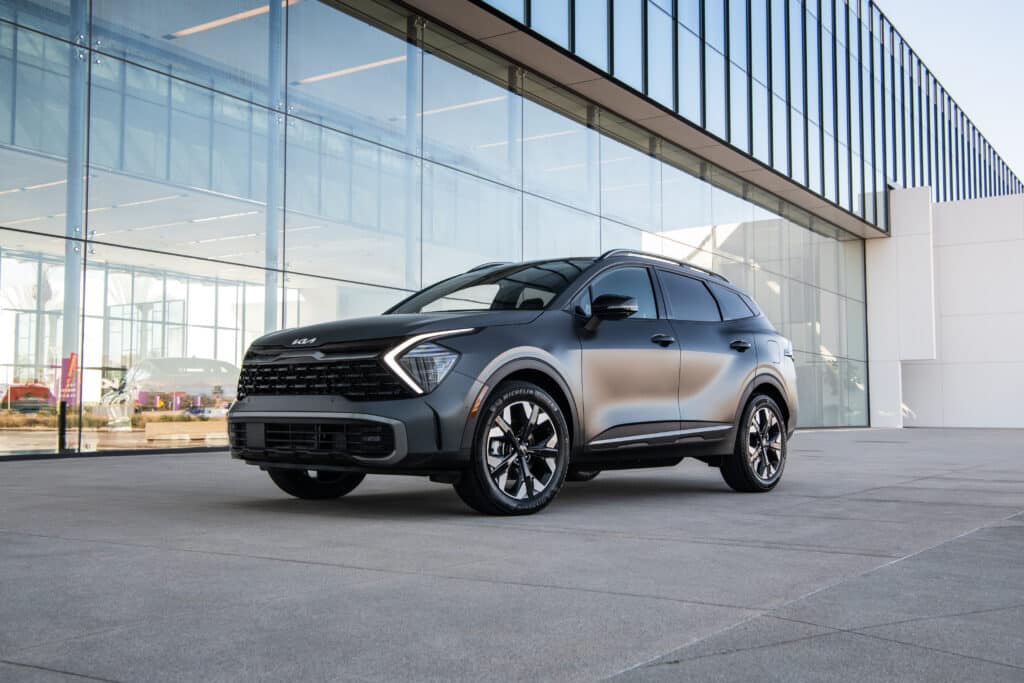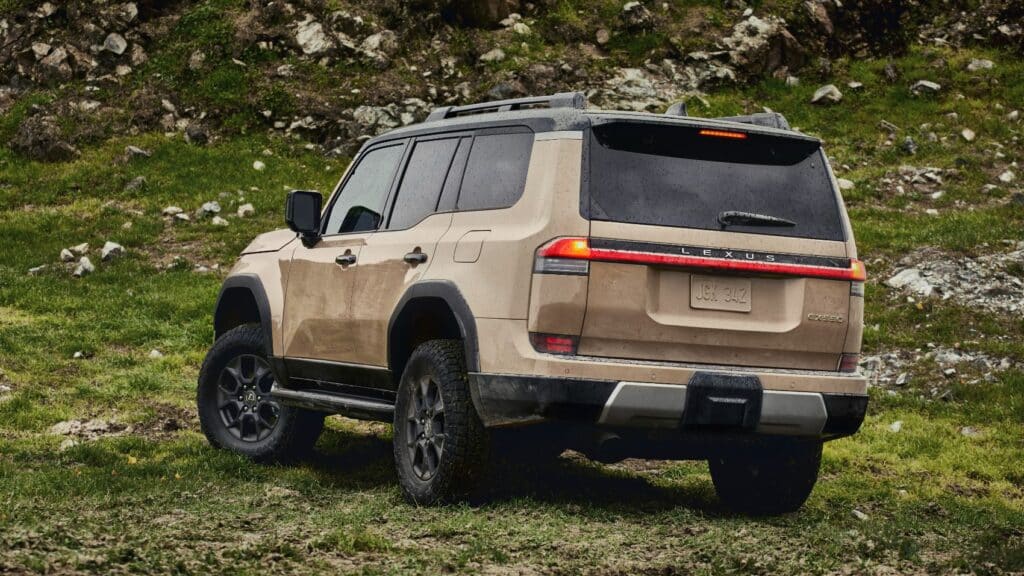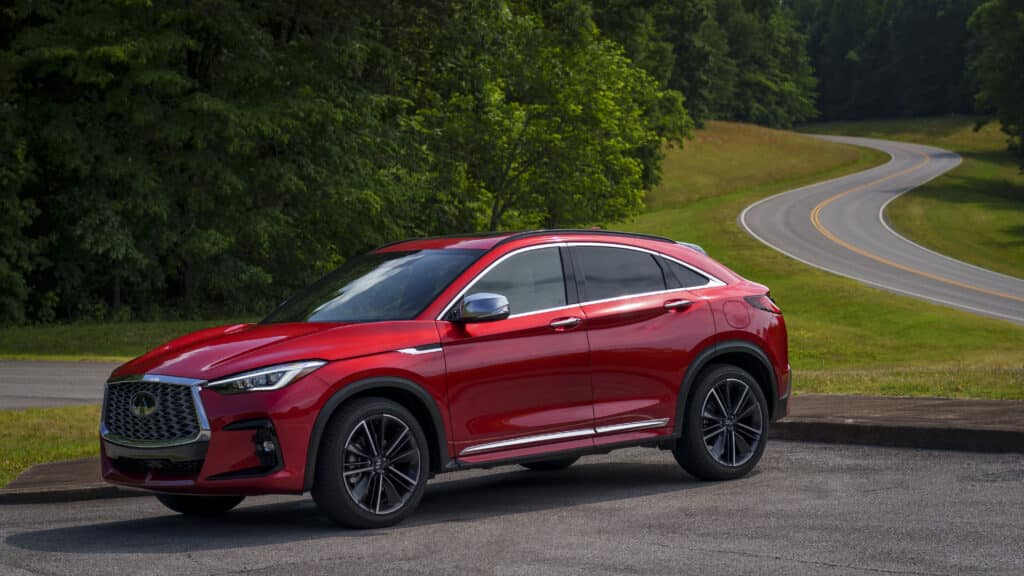Looking back on 2023, it’s a year where General Motors’ electric vehicles (EVs) have yet to appear, even as other automakers bring EVs to market. It is also a year where Level 3 autonomous automobiles appeared on the streets...
Looking back on 2023, it’s a year where General Motors’ electric vehicles (EVs) have yet to appear, even as other automakers bring EVs to market. It is also a year where Level 3 autonomous automobiles appeared on the streets of America for the first time, even as autonomous-driving robotaxis were pulled from the streets of the Southwest. And, having been criticized as old-fashioned and out-of-touch, Toyota Chairman Akio Toyota’s pronouncements about the emerging EV market proved prophetic. Here’s a look at this year’s winners and losers across the auto industry.
The Biggest Auto Industry Winners of 2023
For some automakers, 2023 was a year to celebrate. Several of the world’s most prominent manufacturers racked up big wins during the year, despite the challenges 2023 brought.
Toyota
For years, Akio Toyoda has railed against the automotive industry’s lockstep march toward a future dedicated to the battery-electric vehicle, saying that the industry should offer a variety of solutions, including gas-electric hybrids. Toyoda also insisted that there are other ways to produce more environmentally friendly cars, and other avenues to becoming carbon neutral than battery-electric vehicles. Toyoda was seen as out of step and as trying to hawk the driveline that his company excels in, even as the company failed to introduce EVs in any meaningful volume.
But 2023 saw the industry accept hybrids as an ideal intermediary step towards full electrification, as the lack of EV charging infrastructure throughout the U.S. and the high price of EVs have slowed sales beyond early adopters. For many Americans, they don’t seem to be a good choice at the moment. Time, it seems, has proven Toyoda correct.
While Toyota will continue to maintain its hybrid lineup, the automaker said it will invest $28 billion to produce 30 battery-electric vehicles by 2030. This late entry should time well with a public that appears reluctant to accept an all-EV future.
Mercedes-Benz
The automaker that built the first production automobile is quietly leading the autonomous-driving automotive revolution. Drivers can now purchase Drive Pilot, its Level 3 automated driving system, on a small number of EQS sedans in California and Nevada through participating authorized Mercedes-Benz dealers for $2,500.
So far, it’s the only vehicle rated for Level 3 autonomous driving in the U.S., commonly referred to as conditional autonomy. It only permits the car to drive in specific circumstances. While a driver can divert their attention, they must be prepared to take control right away when the car asks. Mercedes-Benz now has an advantage over Tesla, which claims that its vehicles are Level 3 self-driving – when in fact they are not. All other currently available autonomous driving systems are Level 2.
And while GM has a more sophisticated system on its Cruise robotaxis, they’ve been sidelined after a high-profile accident with a pedestrian in October. Here, the advantage goes to Mercedes-Benz.
Hyundai/Kia/Genesis
Hyundai Motor Group is the only company to make both our winner and loser list. The company, which is composed of the three Korean automakers Hyundai, Kia, and Genesis, now ranks third in U.S. sales behind General Motors and Toyota, and well ahead of longtime stalwarts like Ford and Honda. Hyundai Motor Group makes the cut because even as some automakers – like General Motors – are struggling to ramp up EV production of a handful of models, Hyundai, Kia, and Genesis are methodically increasing EV availability. These companies are offering lineups in different sizes and shapes, which now include a staggering number of vehicles. They include the Kia EV6, EV9, and Niro; the Hyundai Ioniq 5, Ioniq 6, and Hyundai Kona; as well as the Genesis GV60, Electrified GV70, and Electrified GV80.
And while the company wrangles with its omnipresent TikTok theft issue, its skillfully designed vehicles continue to attract a larger portion of buyers.

The Biggest Auto Industry Losers of 2023
However, 2023 wasn’t a great year for every manufacturer. Several top automakers faced significant roadblocks and setbacks in a challenging and dynamic year for the industry.
Tesla
Tesla had a pretty miserable year. While Tesla remains the largest EV manufacturer in the U.S., its road has been bumpy, to say the least. Just last week, the company announced a recall of more than 2 million vehicles dating back to 2012. Once again, it involves the Autopilot driver-assistance software that remains controversial. Many say its features are overstated, so much so that a criminal investigation was launched more than a year ago by the Department of Justice. Meanwhile, the company faces more than 1,750 lawsuits worldwide concerning the software.
This comes as Tesla slashed prices to stoke demand for its aging lineup by as much as 26% in the U.S., China, and Europe. While this action had the desired effect, it also cut the company’s profit margins, which dropped to 17.9% from 25.1%, even as operating profit plummeted 52% and free cash flow shrunk 74%. In addition, this action ignited a price war among all EV manufacturers.
And while the company has finally launched the Cybertruck after years of delays, it’s not all good news. Company CEO Elon Musk admits there will be “enormous challenges” in reaching the 250,000 units he expects to produce annually.
But the company remains America’s largest EV manufacturer, and Wall Street remains smitten with the stock, as it’s up 145% year-to-date despite the hurdles.
General Motors
In 2017, GM Chair and Chief Executive Officer Mary Barra announced her vision for GM’s future: “zero crashes, zero emissions, and zero congestion.” Forgoing hybrids, the company pursued transforming its lineup to battery electric vehicles while developing driverless technology. The company laid out plans to spend $35 billion to accomplish her vision, not counting the $1 billion GM paid in acquiring an 80% stake in Cruise, a driverless vehicle startup.
But the wheels have slowly come off these plans, as difficulties in manufacturing EVs and their batteries have severely curtailed EV production – and delayed the introduction of previously-announced vehicles. Now, slowing EV sales have caused GM to put off ramping up EV manufacturing.
Barra’s big bet on Cruise, once its biggest opportunity for future growth, has become a liability. The tide turned on October 2, when a Cruise self-driving robotaxi dragged a person 20 feet after they had been hit by another vehicle. This has led to a number of government investigations, the axing of Cruise’s leadership, budget cuts, pausing future plans, and a layoff of 24% of its workforce.
Hyundai/Kia
There’s a dichotomy at work at Hyundai Motor Group, whose brands include Hyundai, Kia, and Genesis. The first two brands have had their share of bad publicity after the previously-mentioned TikTok video showed how easy it is to steal a Hyundai or Kia that lacks a push button starter — and an engine immobilizer, which is commonly found in other brands. As a result, hundreds of insurers are suing the automakers, claiming the companies owe them more than $1 billion for drivers whose cars were damaged or stolen in the theft spree spurred by social media. And the problem is huge. As many as 14.3 million Hyundai and Kia models manufactured from 2011 to 2022 lack engine immobilizers.
This makes insuring a used Hyundai or Kia pricey or impossible, as thefts of older models have skyrocketed. The issue is compounded by car insurance rates that have risen dramatically, with major insurers even leaving some markets. That doesn’t make insuring a Hyundai or Kia any easier.
But how long the TikTok stigma will linger over the company remains to be seen. While the issue doesn’t affect its new cars, it could hold back growth from consumers unwilling to take a chance on a new Hyundai, Kia, or Genesis.
Who Will Be the Biggest Winners and Losers of 2024?
With EV sales slowing and the federal funds rate recently flatlining, expect some of the price pressure that has propelled new car prices to record highs to ease somewhat. As the number of EVs for sale increases, expect incentives from automakers to appear in an effort to move the metal.
The easing of prices can’t come soon enough, as the auto loan industry looks to be on the verge of crisis. Auto loans are now the second-largest debt for consumers, totaling $1.582 trillion. Look for delinquencies to continue and lending standards to tighten as a result. This could dampen demand at the margins of the market.
Another issue affecting new car prices is the consolidation of car dealer networks. While the rate of consolidation is accelerating, the number of national dealer chains is still relatively small, at 10%. But expect this trend to continue as the nation’s largest dealer groups look to expand their grip on retailing, which could lead to a reduction of price competition among dealers.
Now that the top of the EV market is inundated with model choices, look for more affordable options to begin to appear as automakers compete to gain a foothold in this segment of the market.
Finally, as the number of vehicles powered by internal combustion engines continues to decline, look for governments to tax EVs to compensate for declining fuel tax revenue.
Original article: The Auto Industry’s Biggest Winners and Losers of 2023













